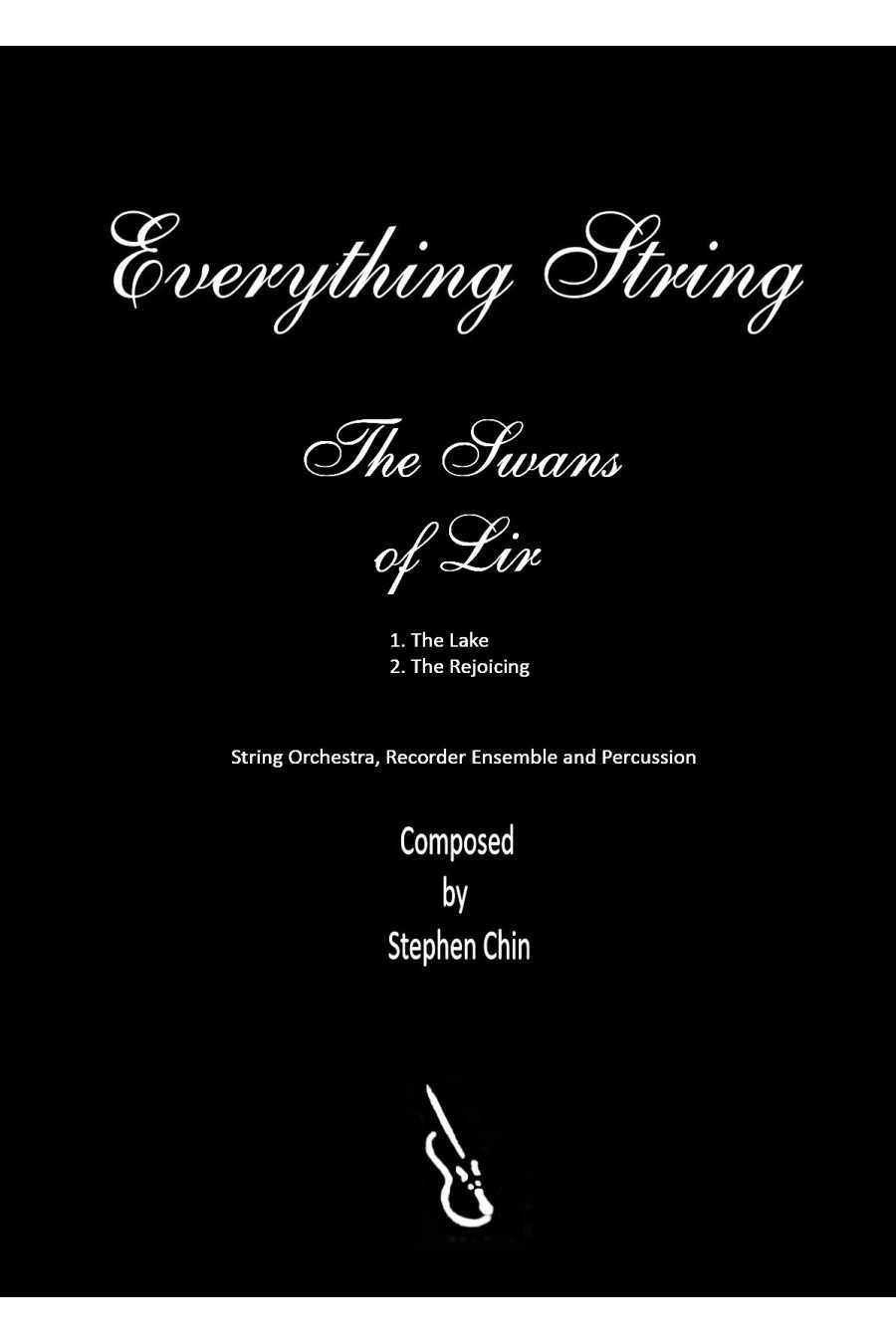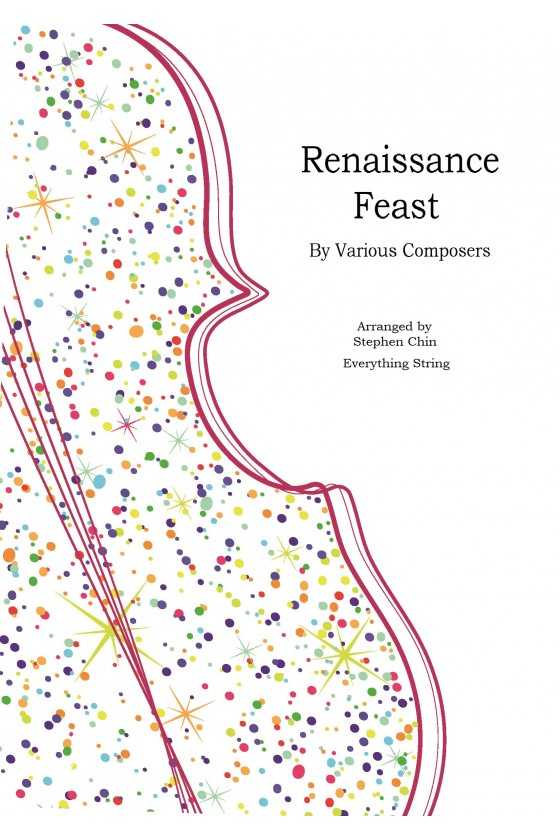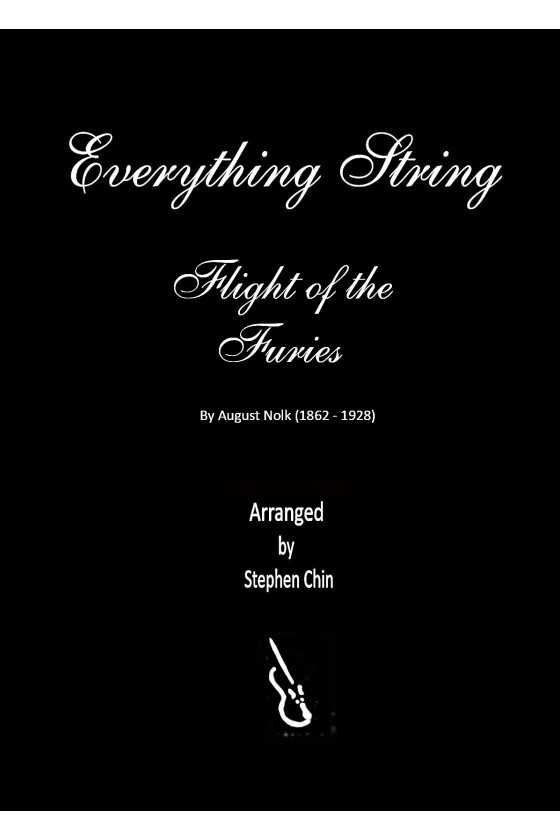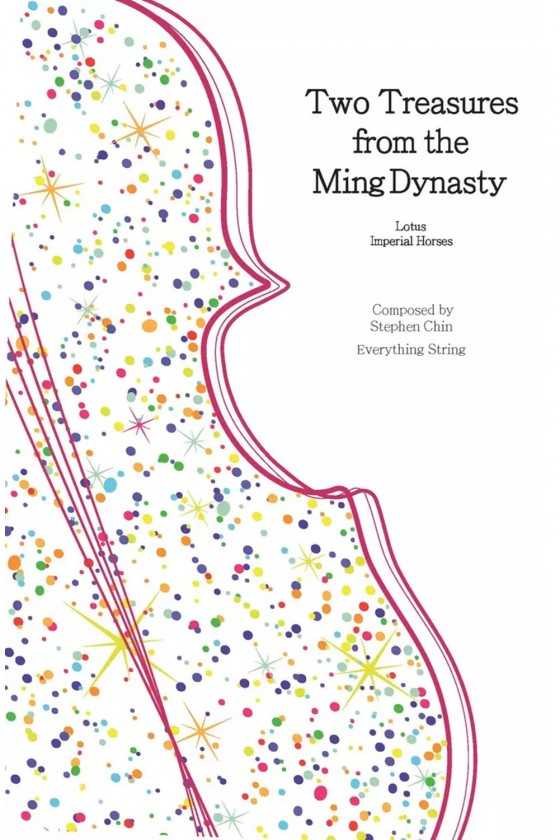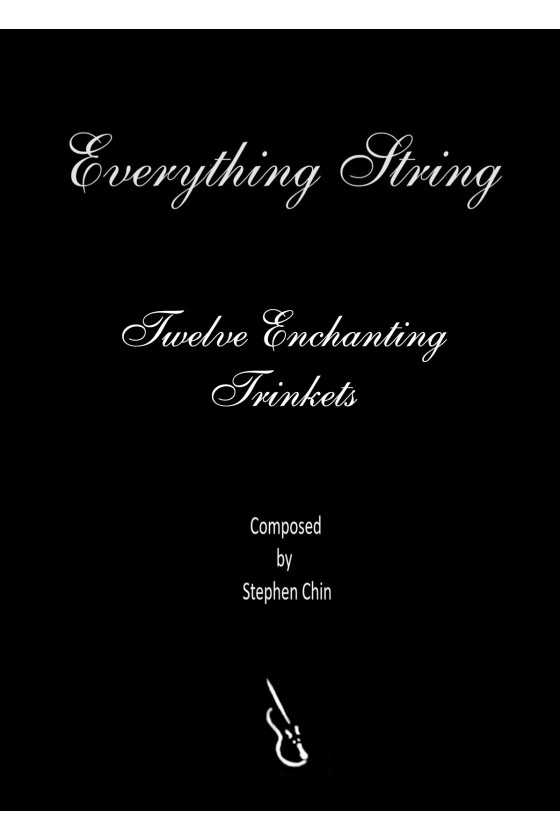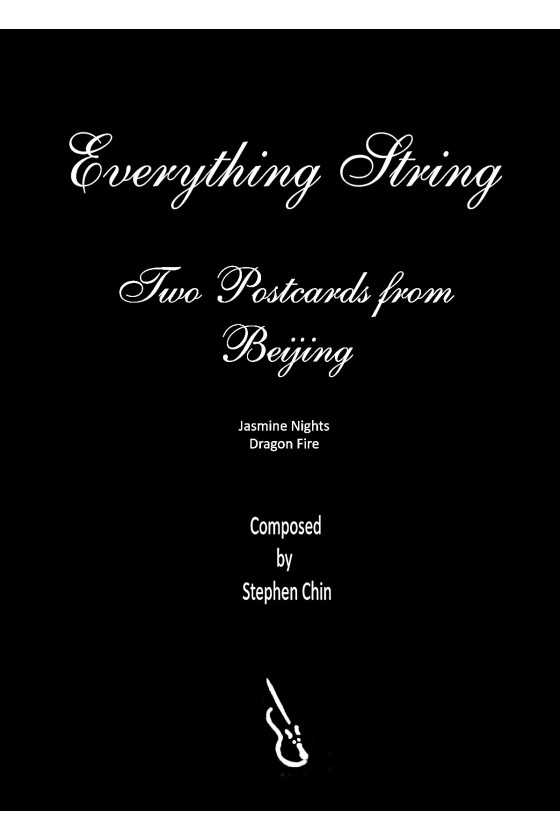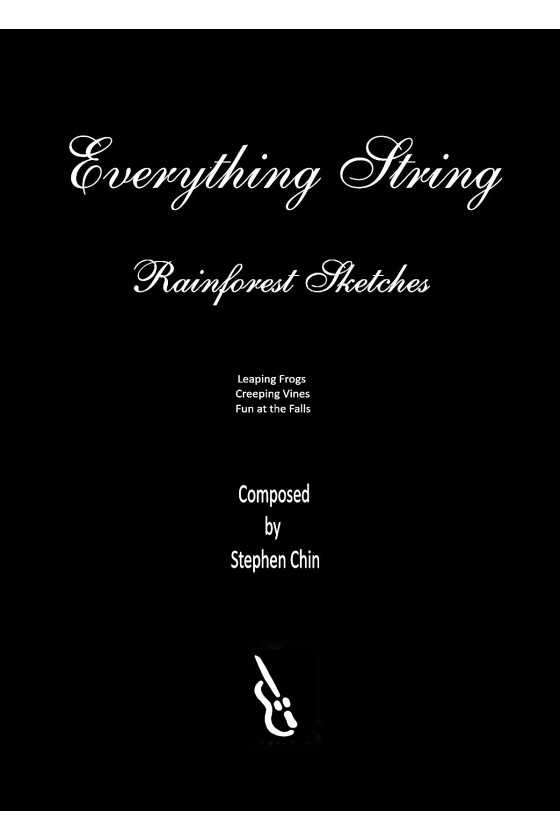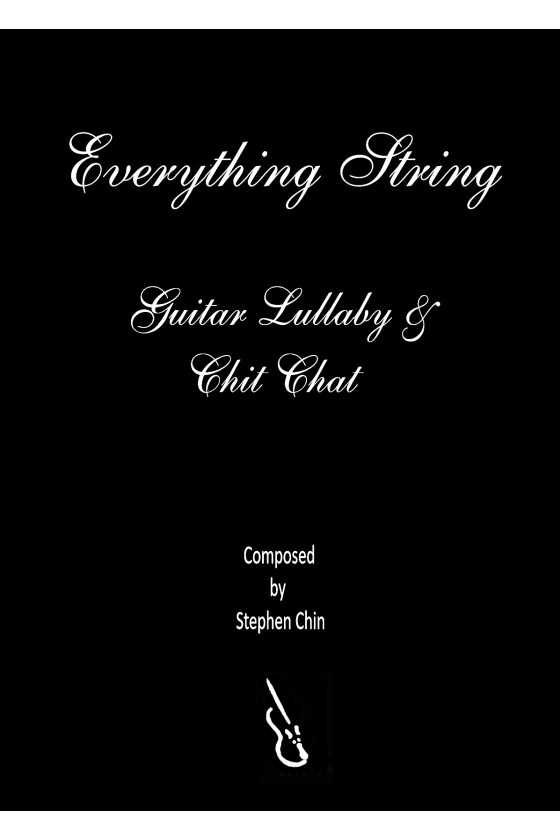The Swans Of Lir By Stephen Chin (Strings, Recorders and Percussion)
The Swans of Lir is a timeless and captivating Irish legend that tells the story of a group of young children who were transformed into swans by a wicked stepmother's curse and condemned to spend 900 years floating in a lake near their father's castle. The story is filled with tragedy, loss, and redemption themes and remains one of the most famous legends in Irish mythology.
The piece's first section, "The Lake", is a soulful and melancholic melody that perfectly captures the sense of sadness and hopelessness that the children feel as they are forced to live out their lives as swans. The lush accompaniments in this section add to the haunting effect of the piece and create a sense of depth and richness that is truly captivating.
In the second part of the piece, "The Rejoicing", the curse is finally broken, and the swans are transformed back into their human form. The music in this section is more upbeat and energetic, reflecting the joy and excitement of the moment. The piece is scored for strings, recorders, and percussion and features a series of memorable melodies that are shared around the ensemble.
Overall, The Swans of Lir is a perfect massed performance for a large concert or festival and is sure to be a crowd-pleaser with its haunting melodies and captivating story.
